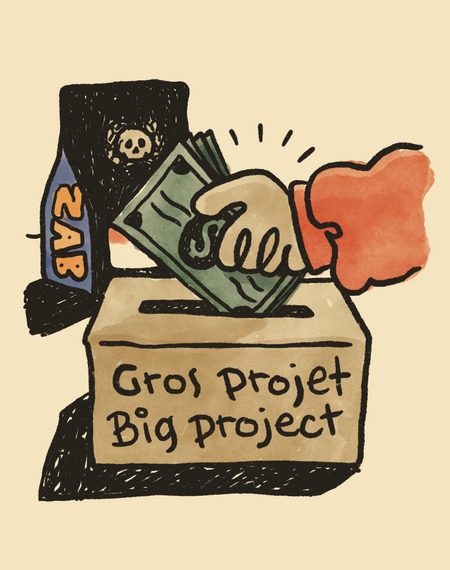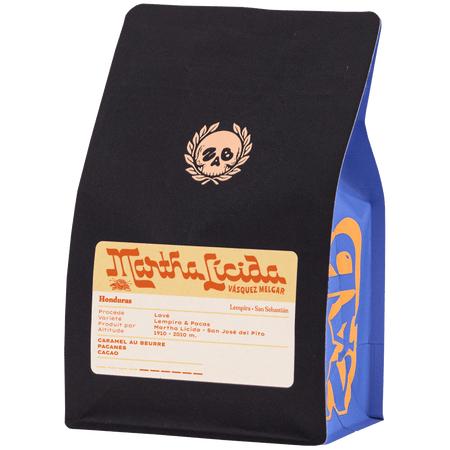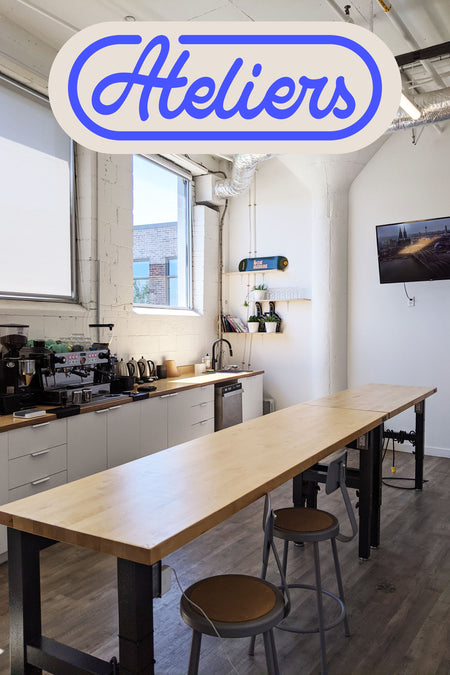
Terroir
The term “terroir” is increasingly mentioned in the context of coffee, mirroring its longstanding usage in the world of wine. The reason is simple: the terroir has a significant impact on the flavors that are revealed in the cup. Given the major importance of terroir, it is fascinating to precisely identify the origin of coffee, allowing us to directly observe the effect of a specific terroir on a particular bean.
It encompasses all the characteristics representing the environment in which a coffee grows. This includes altitude, latitude, climate, soil composition, and even how growers care for their coffee plants. The terroir interacts with the chosen coffee variety to highlight unique characteristics. Even slight variations in terroir will impart different characteristics of the coffee, translating into distinct in-cup results, even if they are the same variety grown relatively close together.
Climate
Essential conditions for growing coffee include a frost-free temperate or tropical climate, ample exposure to sunlight, and sufficient water. However, excessive exposure to the sun or too much hydration can have reverse and harmful effects on trees. The ideal is moist, fertile and well-drained soil, under a shaded cover benefiting from a good daily dose of sun.
Soil
The soil considerably influences the growth of the coffee tree. Soil types vary between producing countries, but a soil rich in nutrients and minerals is essential. Coffees growing on volcanic soils are common, as these soils are composed of a mixture of ash and decomposed rock fragments, creating a nutrient-rich and light soil for optimal drainage.
Elevation
Elevation has a great influence on flavours found in the cup. Higher altitude results in more complexity and livelier acidity. Conversely, a lower altitude gives a more classic and rounded cup.
Traditions
Considering the traditions of various coffee-producing countries adds an interesting dimension. Take, for instance, Costa Rica, where the honey process is commonly employed, due to efforts since the 1990s to reduce water consumption. The selection of this processing method, with its substantial influence on the coffee profile, is intricately tied to the ongoing practices within the country.
Whether it's the warmth of equatorial regions, the richness of volcanic soils, the effect of altitude on the ripening of cherries or local traditions, each element of the terroir contributes to the complex symphony of coffee flavours. Thus, tasting coffee becomes an enriching experience, connecting consumers to the distant lands where these precious beans come from.






